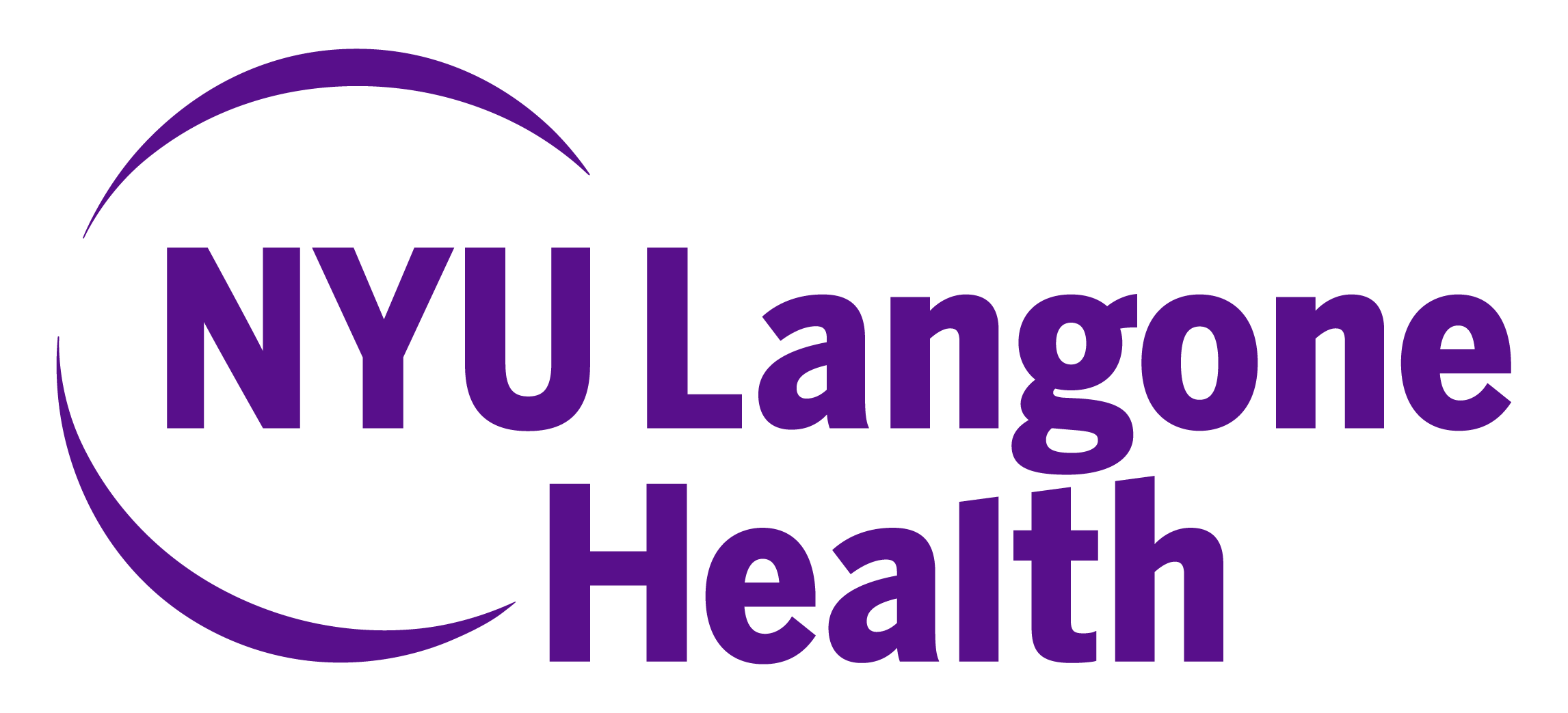- Advertise
- About OncLive
- Editorial Board
- MJH Life Sciences brands
- Contact Us
- Privacy
- Terms & Conditions
- Do Not Sell My Information
2 Clarke Drive
Suite 100
Cranbury, NJ 08512
© 2025 MJH Life Sciences™ and OncLive - Clinical Oncology News, Cancer Expert Insights. All rights reserved.
CTLA-4–Based Combinations Highlight Evolution of Treatment in Metastatic NSCLC
Vamsidhar Velcheti, MD, highlights the advancement of CTLA-4–based combinations in non–small cell lung cancer treatment, the emergence of antibody-drug conjugates in non–small cell lung cancer, and the impact of the POSEIDON trial on the treatment landscape.
Innovative combination-based strategies, such as the addition of the CTLA-4 inhibitor tremelimumab (Imjudo) to durvalumab (Imfinzi) and chemotherapy in the phase 3 POSEIDON trial (NCT03164616), have helped shift the treatment paradigm for patients with metastatic non–small cell lung cancer (NSCLC) without driver mutations, according to Vamsidhar Velcheti, MD.
In November 2022, the FDA approved the combination of tremelimumab, durvalumab, and platinum-based chemotherapy in adult patients with metastatic NSCLC without sensitizing EGFR mutations or ALK aberrations, based on data from POSEIDON.1
Data presented at the 2022 ESMO Congress showed that the triplet elicited a median overall survival (OS) of 14.0 months (95% CI, 11.7-16.1), compared with 11.7 months (95% CI, 10.5-13.1) with chemotherapy alone (HR, 0.75; 95% CI, 0.63-0.88), reducing the risk for death by 25%. The 36-month OS rates were 25% vs 13.6%, respectively.2
A subgroup analysis demonstrated that the triplet conferred an OS benefit vs chemotherapy alone in patients with nonsquamous NSCLC (HR, 0.68; 95% CI, 0.55-0.85), those with STK11 mutations (HR, 0.62; 95% CI, 0.34-1.12), those with KEAP1 mutations (HR, 0.43; 95% CI, 0.16-1.25), and patients with KRAS mutations (HR, 0.55; 95% CI, 0.36-0.85).
“We need more data to understand the value of adding tremelimumab or other CTLA-4 agents to treatment for specific subgroups of patients with metastatic NSCLC,” Velcheti said in an interview with OncLive® following a State of the Science Summit™ on lung cancer, which he chaired.
In the interview, Velcheti highlighted the advancement of CTLA-4–based combinations in NSCLC treatment, the emergence of antibody-drug conjugates (ADCs) in NSCLC, and the impact of the POSEIDON trial on the treatment landscape of NSCLC. Velcheti is an associate professor in the Department of Medicine at NYU Grossman School of Medicine, and the director of the Thoracic Medical Oncology Program at NYU Langone Health’s Perlmutter Cancer Center.
OncLive®: How have CTLA-4–based combinations helped shift the NSCLC treatment landscape?
Velcheti: We’ve had a lot of new advances in terms of new therapeutics for lung cancer. We’ve had significant changes in how we approach patients with metastatic NSCLC. For a long time, we’ve had approvals for PD-1 therapy, and we are now seeing that more of these patients with metastatic NSCLC can have [more favorable] long-term outcomes.
We’re seeing exciting data with innovative combination-based strategies. For example, we have seen data with CTLA-4 combinations from the phase 3 CheckMate 9LA [NCT03215706] and CheckMate 227 [NCT02477826] trials. Now, we have exciting data with the CTLA-4 inhibitor tremelimumab in combination with [durvalumab] and chemotherapy [from POSEIDON].
What is interesting with the POSEIDON data is that in addition to the significant differences we saw in terms of outcomes for the platinum-based [regimen with tremelimumab plus durvalumab] and platinum-based chemotherapy [plus durvalumab compared with chemotherapy alone], we saw that there are certain subgroups of patients, especially [patients with] STK11-altered disease and PD-L1–negative disease, that are doing significantly better with the combination [featuring] tremelimumab. However, this was a subgroup analysis. This was not a preplanned analysis.
Where do you believe that research efforts should be focused for patients with NSCLC who progress on frontline immunotherapy?
There have been lot of advances in treatment for metastatic NSCLC in the frontline setting. We have had a lot of innovative combination-based strategies being deployed in the frontline setting. However, despite all the excitement in terms of long-term survival, only a small subset of patients have long-term benefit from immunotherapy in the frontline setting. The majority of patients unfortunately have disease progression at some point during their treatment course.
Unfortunately, we haven’t seen a dramatic increase in outcomes from second-line treatments yet. There are some exciting agents in the class of ADCs. [Several] of these are being developed in clinical trials, including ADCs targeting TROP-2 and CEACAM5. We recently had an [FDA] approval for the HER2-directed ADC [fam-trastuzumab deruxtecan-nxki (Enhertu)], which was approved [in August 2022] for patients with [previously treated] metastatic NSCLC with an [activating] HER2 mutation.
Overall, there are a lot of exciting developments, but we haven’t seen the same degree of advancement in terms of treatment options for patients without any genomic alterations.
What have recent drug approvals meant for patients with EGFR exon 20 insertion mutations?
The EGFR exon 20 [insertion mutation] space is fascinating. It is a smaller subgroup of the [overall population of patients with] EGFR mutations. However, [patients with EGFR exon 20 insertion mutations] have not had effective treatment options until recently.
There are 2 agents now that are FDA approved for use in patients with EGFR exon 20–mutant NSCLC: mobocertinib and amivantamab. This is a welcome change because these patients with EGFR exon 20 insertion mutations don’t respond to third-generation EGFR inhibitors. This is a significant development, and there are many other agents targeting EGFR exon 20 that are under development.
References
- FDA approves tremelimumab in combination with durvalumab and platinum-based chemotherapy for metastatic non-small cell lung cancer. News release. FDA. November 10, 2022. Accessed January 4, 2023. http://bit.ly/3Ej7yIx
- Johnson ML, Cho BC, Luft A, et al. Durvalumab (D) ± tremelimumab (T) + chemotherapy (CT) in 1L metastatic (m) NSCLC: Overall survival (OS) update from POSEIDON after median follow-up (mFU) of approximately 4 years (y). Ann Oncol. 2022;33(suppl_7):S808-S869. doi:10.101


